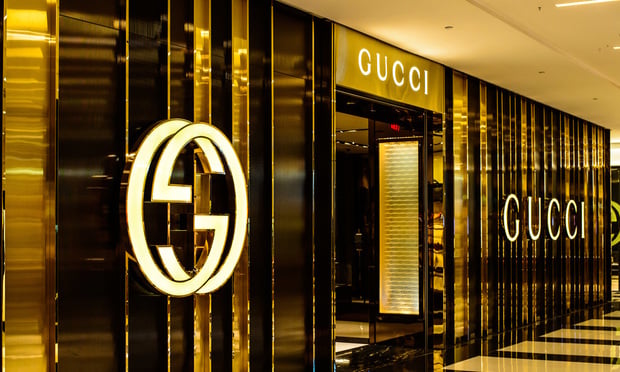Using its visitor segmentation tool, placer.ai observed changes in the types of demographic consumer segments visiting luxury brands. For example, the percentage of visits to luxury retail brands by ultra wealthy families increased over the past three years. This segment made up 20% of luxury retailer traffic in 2024. However, the share of visits to luxury brands made by near-urban diverse families, young urban singles and city hopefuls visits decreased last year.
“These groups fall more into the aspirational customer segment for luxury brands, meaning that they might not be frequent shoppers or may have saved up for a large purchase,” said the report. “Luxury retailers now have to rely more on their traditional consumer base and have narrowed their pool of potential visitors.”
Luxury shopping centers also saw visitation decrease in 2024, according to the report. Luxury centers Americana Manhasset in New York, Bal Harbour Shops in Miami, and Highland Park Village in Dallas each saw slower traffic than in previous years. These centers include brands such as Hermes, Dior and Chanel along with new entrants including LoveShackFancy and Blue Mercury as well as upscale dining options. Despite their strong mix of tenants, they have been impacted by changing consumer behavior, said placer.ai.
Visitor stay length and days of the week visited remained stable over the year, with all three centers relying heavily on weekend visitors. As consumers reduce the frequency of their discretionary purchases, there has been less motivation to visit, said the report.
“In 2024, we saw the triumphant rise of brands such as Miu Miu, Louis Vuitton and Hermes as consumers concentrated their purchases around the hottest labels,” said placer.ai. “The luxury market faces more uncertainty in 2025 as the consumer fluctuates to adapt to changes across the U.S. and the need to provide a high-touch experience and inherent value is critical to garner the attention of shoppers.”

